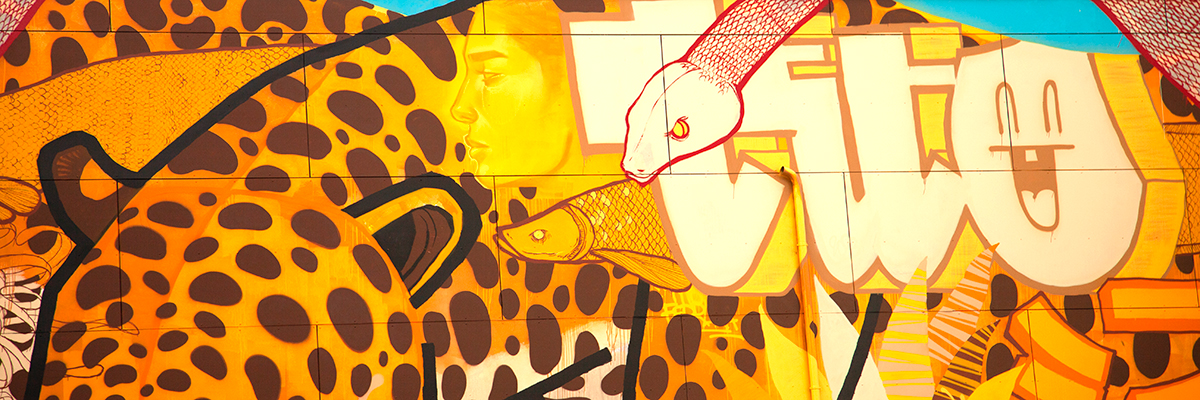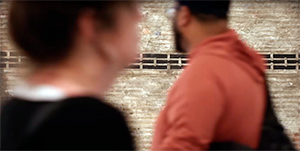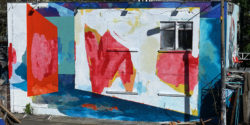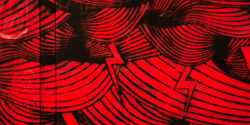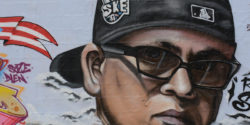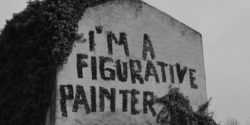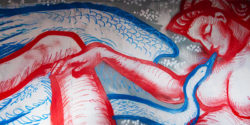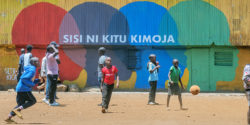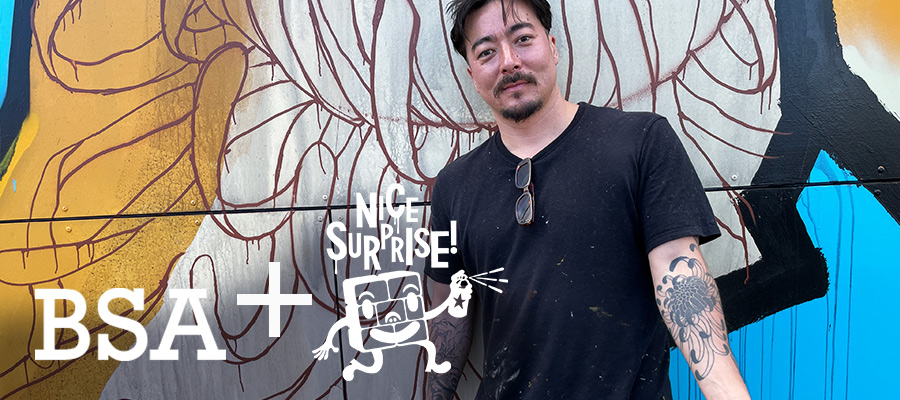
Tito Ferrara, potentially the first Brazilian street artist to create in Norway, and his assistant, swiftly executed a remarkable feat – crafting a composition of two powerful jaguars adorned with his favorite symbols and talismans. This endeavor unfolded during his few days here Nice Surprise Festival in Stavanger. Stretching across 30 meters, the artwork is an embodiment of graphic prowess, emanating a vibrant and muscular energy that deeply captivates. His execution underscores not only speed but also precision and an ardent artistic fervor.
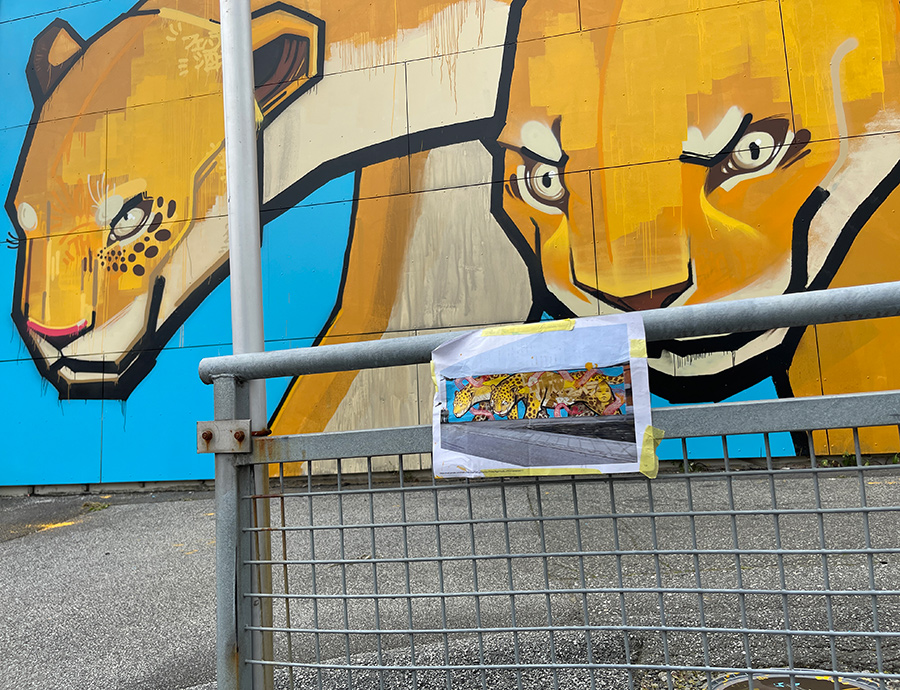
Speaking on this hillside street in front of the mural, Tito Ferrara shared his sentiments and aspiration here, saying, “I want to bring some Brazilian energy to Stavanger to stay here when I leave.” Continuing, he added, “That’s why these are Brazilian jaguars. And this is the biggest freshwater fish from our rivers – they are about three meters long.”
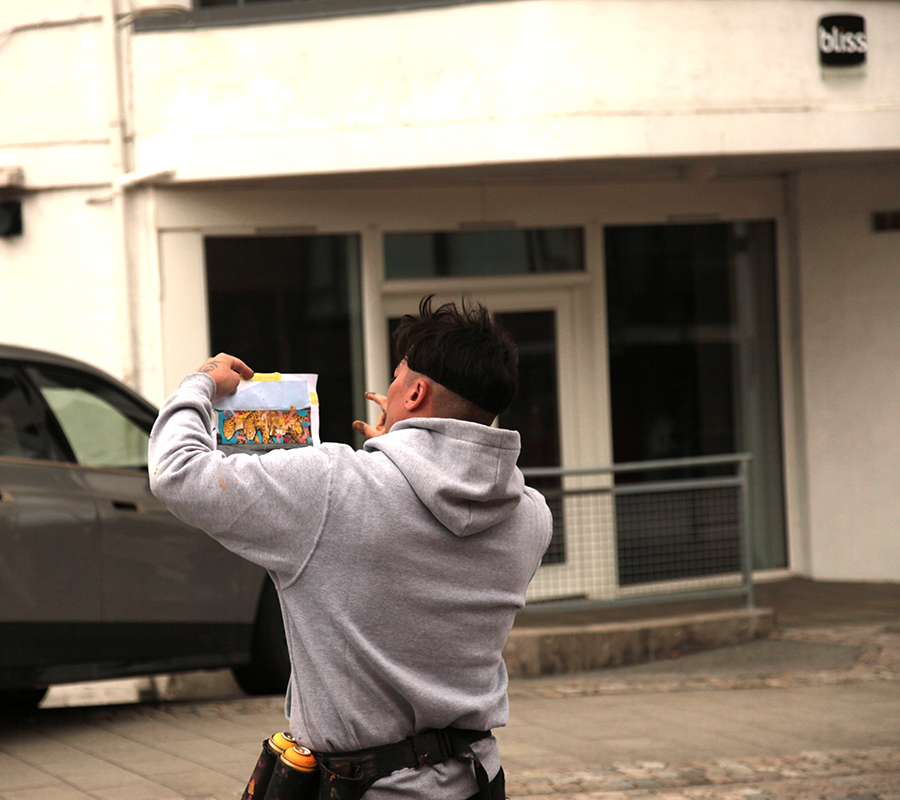
Beginning his artistic journey as a graffiti writer at 15, Ferrara’s current wellspring of inspiration draws from a diverse array of artistic disciplines. Japanese animation, botanical illustration, graffiti lettering, old-school computer graphics seen on television and film, as well as the Pixação he regularly encounters gracing the walls of São Paulo, his native city – all these elements coalesce to form his unique creative style. This fusion, representative of a digitally interconnected and culturally diverse world, accompanies him to cities like Amsterdam, Lisbon, and Toronto, and just before arriving in Stavanger, he was immersed in a project in Italy. The ongoing collaboration of styles and influences is as cultural as it is autobiographical.
“In Brazil, especially Sao Paulo, there’s a lot of immigration from Japan since the beginning of the century – and a lot of Italian immigration as well. So I am half Japanese and half Italian and all Brazilian. And I really like to put this into my work also because Brazil, it’s this mess,” he laughs. As he explains, his Italian name is interpreted as a Japanese 3D tag floating on the spotted fur of one of the Jaguars. “I like very much to use the letters also as textures.”
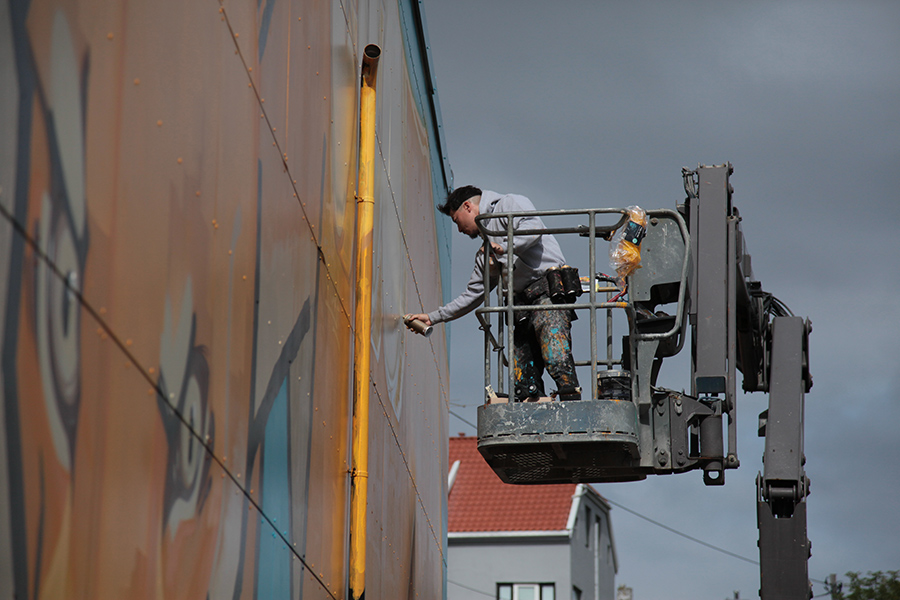
When discussing the amalgamation of different elements within his art, we ask, “So in many ways, this represents all of your different interests and styles. You have graffiti, Japanese figurative forms, indigenous people, the animal world, symbols of power?”
Confirming, he answered, “Yes,” and then elaborated, “And the Japanese flower and the fire snake. And I really like to draw it as a flower and as a symbol of Japan. This is all of me.” As for the snake, he explained, “It’s a part of me – a snake on fire. Yes. That’s a legend in Amazon and he is called ‘Tata.’ He is a snake on fire and he is also the protector of the forest,” he said. Now in Stavanger, he hopes Tata will also extend his protection to Norwegian forests as well.

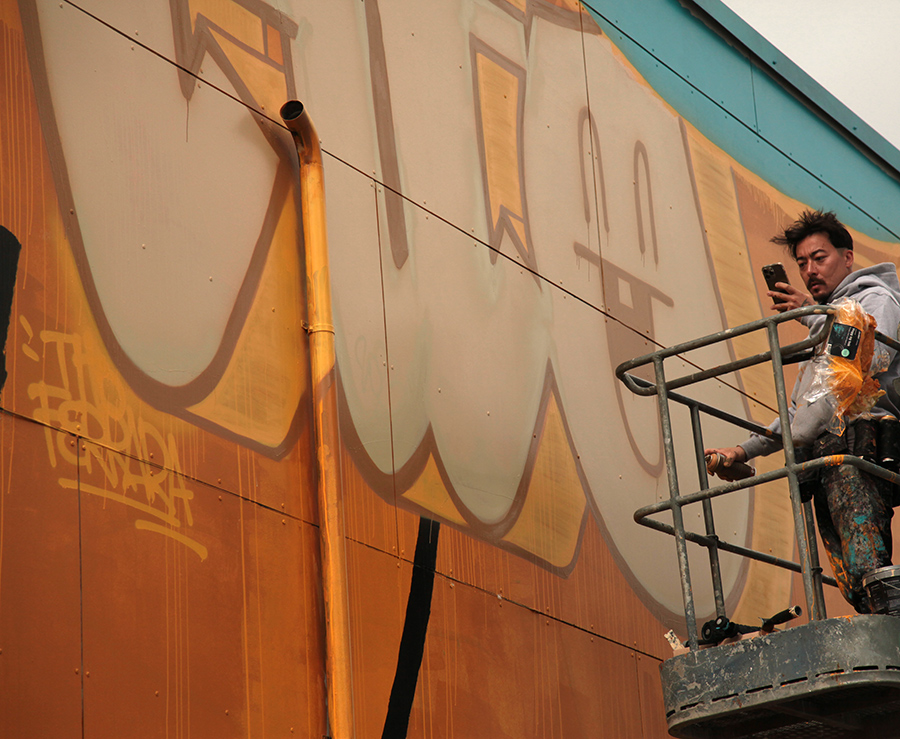
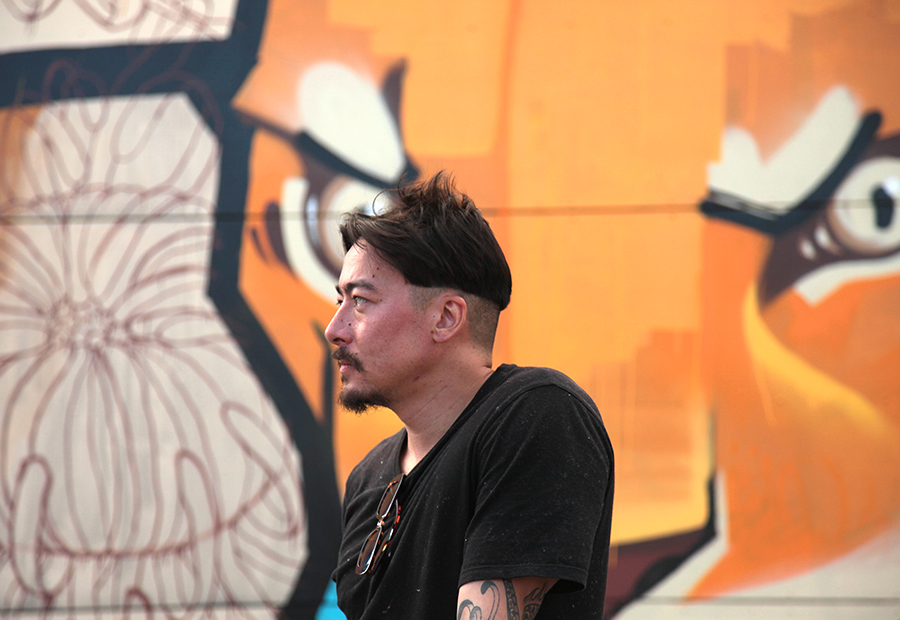
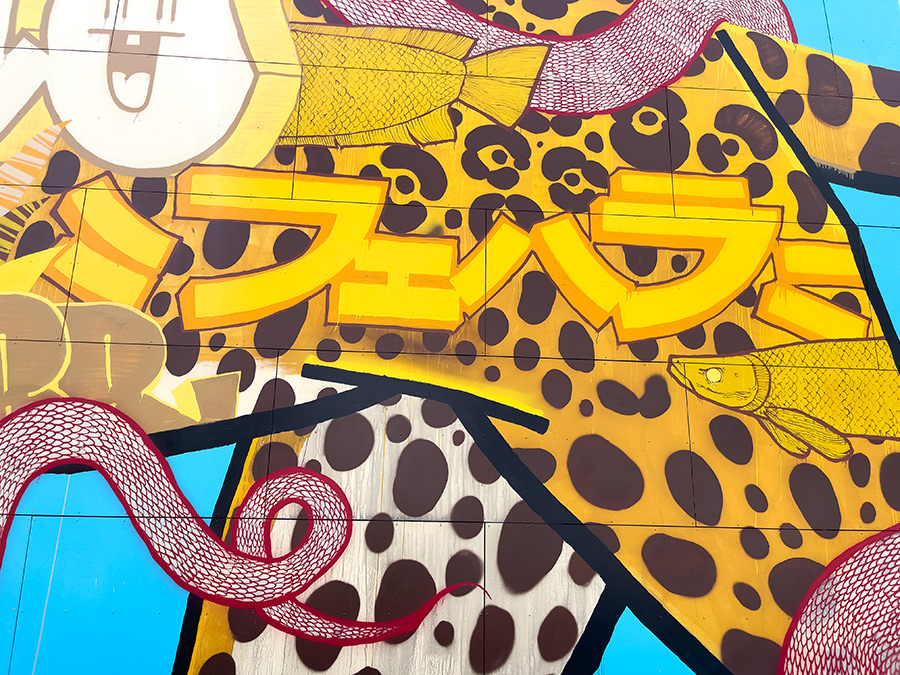
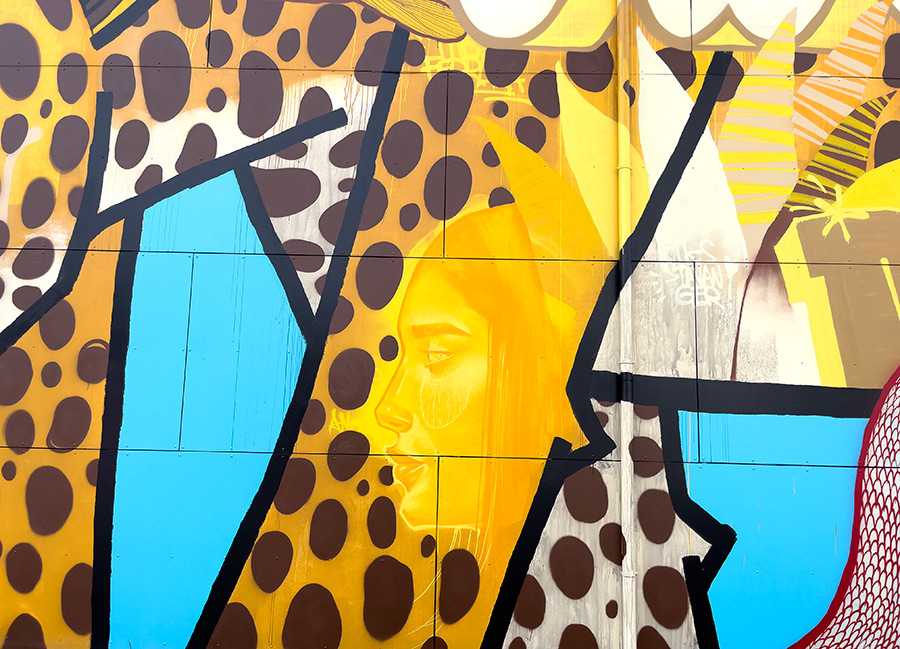
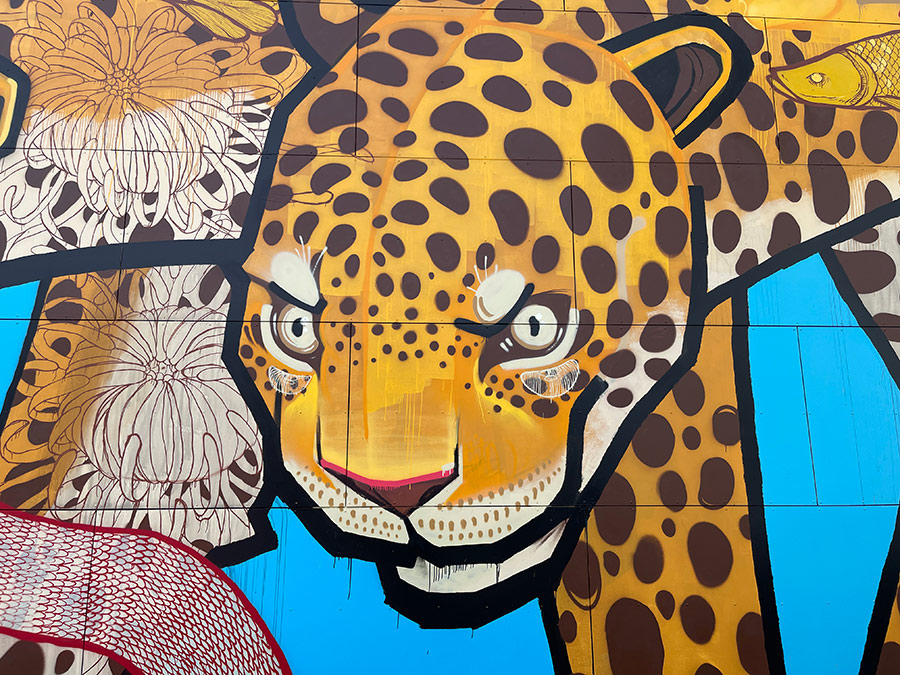

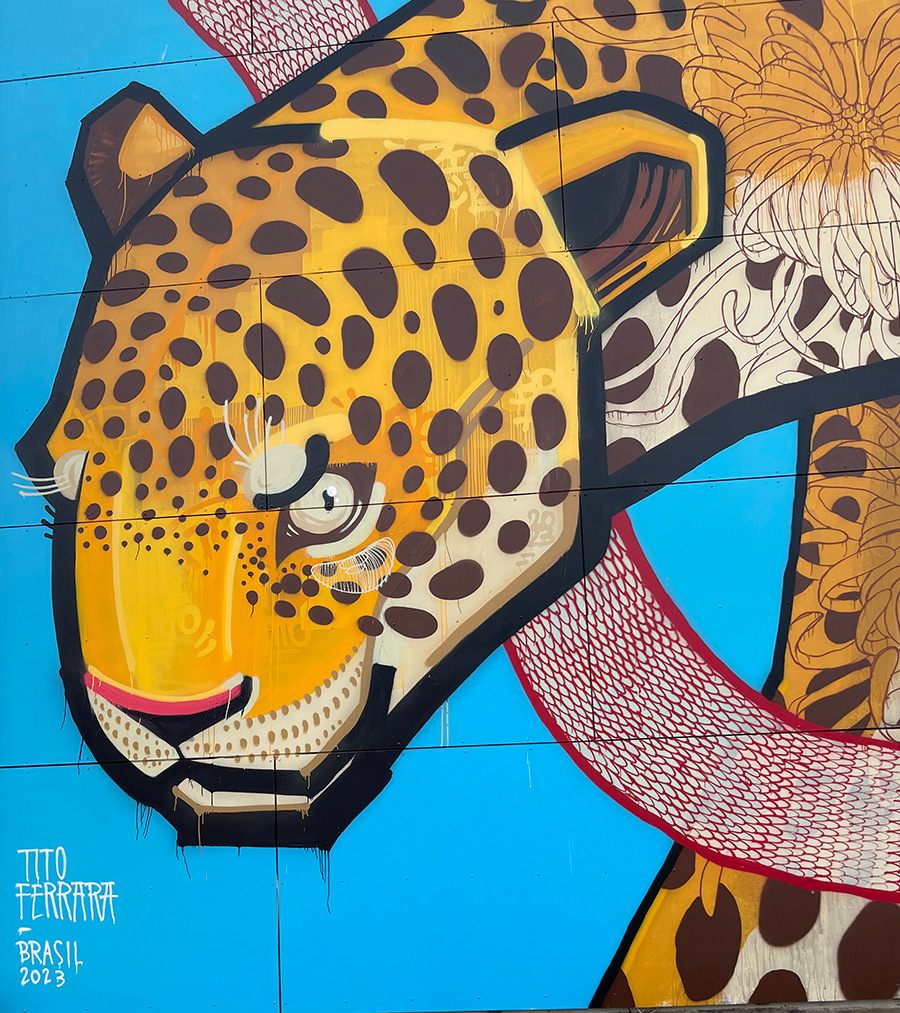
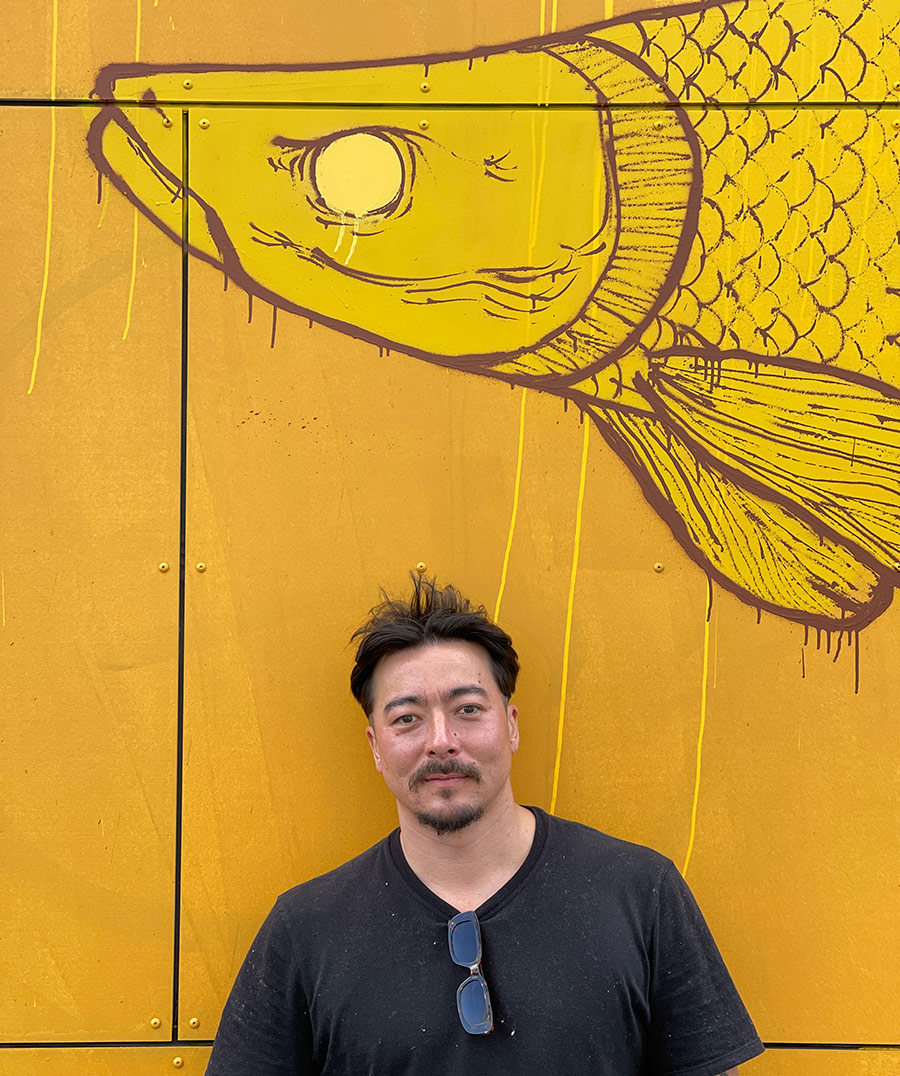
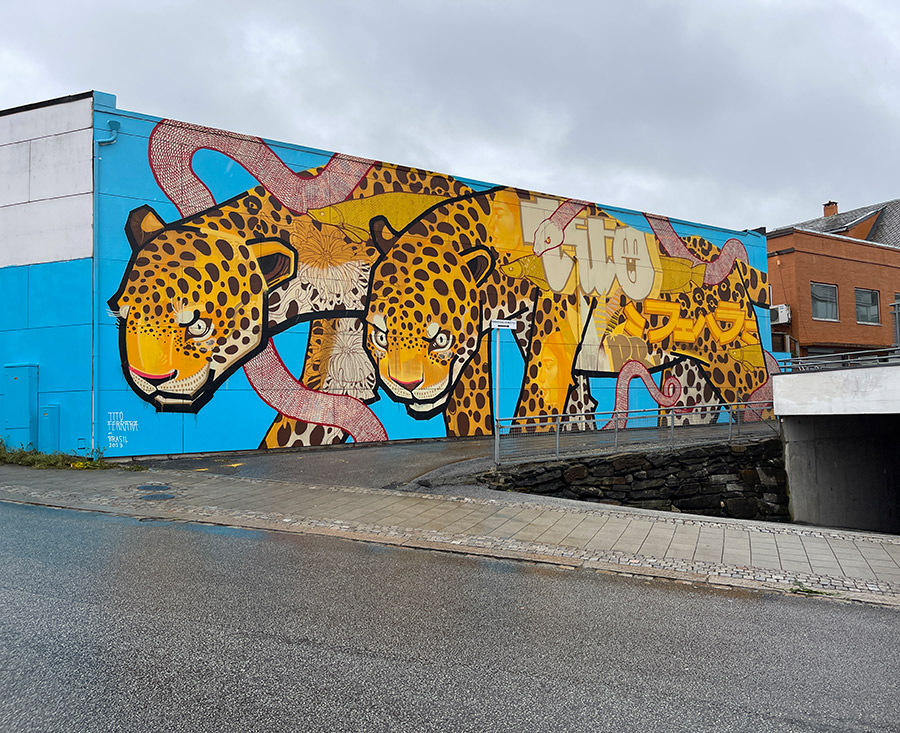
Other Articles You May Like from BSA:
Modern primitive expressionist Manuel García Fernández AKA ‘El Nolas’ was born in the mid-90s here in Oviedo, Spain. Now his autobiographical mixed-technique perspective is taking over some large pub...
Our weekly focus on the moving image and art in the streets. And other oddities. Now screening:1. Artists of The Collie Mural Trail in Australia BSA Special Feature: Artists of The Coll...
Giulio Vesprini is all over the Italian basketball court, so to speak, covering 5 of these playgrounds this spring and summer. His canvas is huge, and he’s using it to experiment stylistically, all t...
Donald Trump didn’t change. Your “News” did. Any New Yorker on the street can tell you that Donald Trump has always been this way – he hasn’t made a "secret" of it. We just called this stuff “t...
A welcome and necessary addition to any graffiti academic’s library comes Urban Styles: Graffiti in New York Hardcore, carefully documented by Freddy Alva. A thorough recounting of the birth and grow...
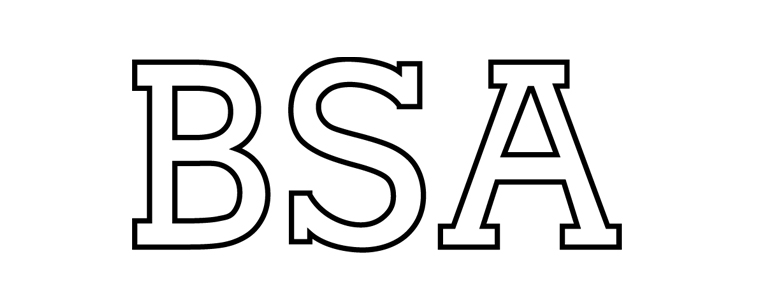 BROOKLYN STREET ART LOVES YOU MORE EVERY DAY
BROOKLYN STREET ART LOVES YOU MORE EVERY DAY